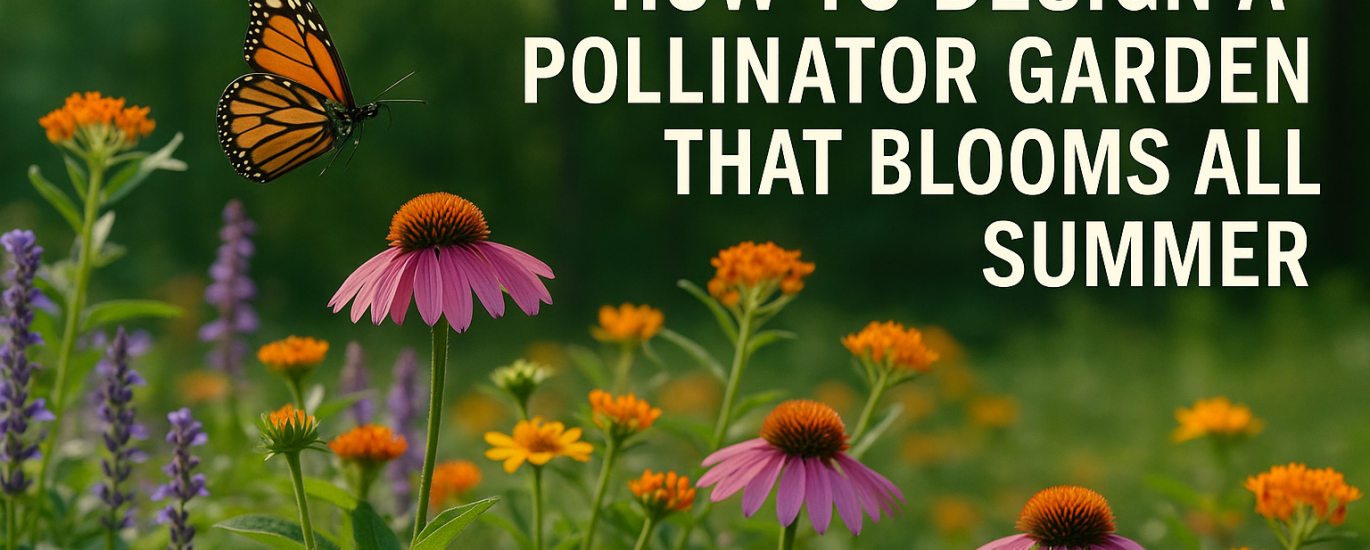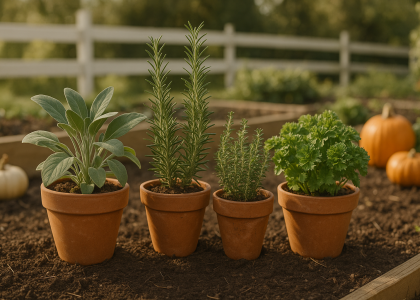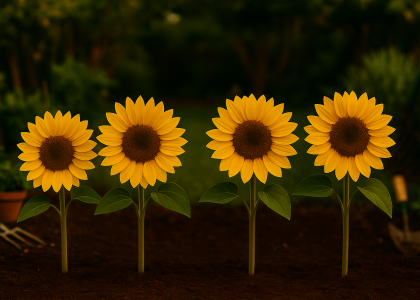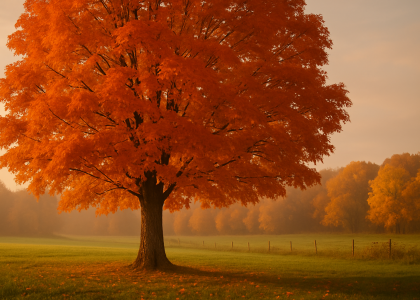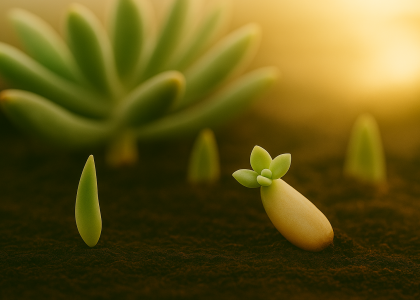Why Pollinator Gardens Matter
Pollinators like bees, butterflies, and hummingbirds are essential to food systems and ecosystems. Yet, habitat loss and pesticides threaten their survival. A pollinator garden is more than just pretty—it's a step toward healing our environment.
Designing a garden that supports pollinators throughout the summer helps maintain biodiversity, enhances your garden's productivity, and brings vibrancy to your space. Let's build a sustainable sanctuary buzzing with life.
Step 1: Choose a Sunny Spot
Most pollinator-friendly plants thrive in 6+ hours of direct sunlight per day. Select an open area or a south-facing section of your yard or balcony.
If you have partial shade, don’t worry! You can include shade-tolerant blooms like columbine, foxglove, and astilbe to widen your habitat range.
Step 2: Select Native, Nectar-Rich Plants
Native plants co-evolved with local pollinators and require less maintenance. Aim for:
- Wild Bergamot (Monarda)
- Purple Coneflower (Echinacea)
- Black-Eyed Susan (Rudbeckia)
- Milkweed (Asclepias spp.) for monarchs
- Bee Balm and Goldenrod for bees
These plants bloom in succession, ensuring a consistent food source from late spring through fall. Choose region-specific varieties by USDA Hardiness Zone or local extension resources.
Step 3: Plant in Clumps, Not Singles
Pollinators prefer masses of color. Group the same plant species in clusters of 3–5 or more to make it easier for bees and butterflies to forage efficiently.
Add color contrast and bloom shapes to support diverse species:
- Tubular flowers (for hummingbirds)
- Flat or daisy-like blooms (for butterflies and bees)
Step 4: Provide Host Plants and Habitat
Pollinators need more than flowers. Cater to their entire life cycle:
- Host plants for caterpillars (milkweed, parsley, fennel)
- Water sources like shallow dishes with pebbles
- Shelter from wind via native grasses or shrubs
Leave bare patches of soil for ground-nesting bees, and consider dead wood or hollow stems for solitary bees.
Step 5: Go Chemical-Free
Avoid synthetic pesticides and herbicides. Even organic sprays can harm beneficial insects. Instead:
- Practice companion planting
- Hand-pick pests
- Use physical barriers when needed
Let nature balance itself—a healthy ecosystem regulates pests naturally.
Sample Bloom Calendar
| Month | Star Plants |
| May | Lupine, Salvia, Columbine |
| June | Bee Balm, Yarrow, Echinacea |
| July | Coreopsis, Black-Eyed Susan |
| August | Milkweed, Goldenrod, Joe-Pye |
| September | Asters, Sedum, Blazing Star |
Bonus Tips for Success
- Avoid hybrids bred for show, as they often lack nectar
- Don’t deadhead everything—leave seed heads for birds
- Choose multi-season structure with grasses and shrubs
- Use organic mulch to retain moisture and suppress weeds
- Track bloom times with a pollinator journal or use our free planner
FAQ: What Gardeners Often Ask
Q: Do pollinator gardens require full sun?
A: Most do, but you can mix in shade-loving species like foxglove and astilbe.
Q: Are native plants really better for pollinators?
A: Yes! Native species match the needs of local bees and butterflies better than many non-natives.
Q: Can I grow one in containers?
A: Absolutely! Use large pots with native annuals and perennial clusters to support pollinators in small spaces.
You’re Not Just Growing Flowers—You’re Growing Hope
Each bloom in your pollinator garden contributes to a healthier planet. With native plants, sustainable practices, and a little intention, your garden can be a haven that buzzes with life—all summer long.
Ready to attract bees, butterflies, and beauty? Let’s get planting!
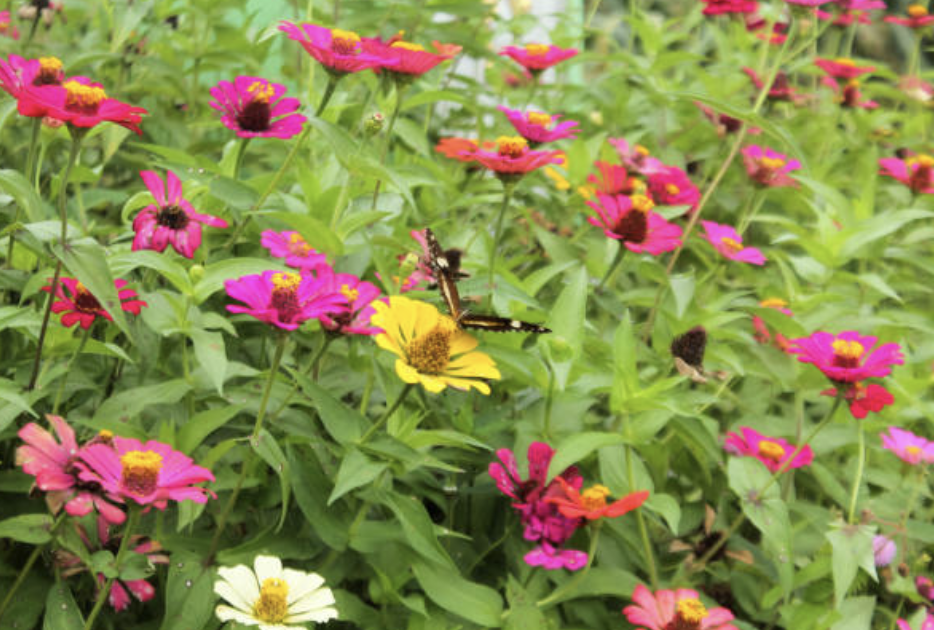
Related Posts You Might Like:
- Top 5 Native Plants for Every USDA Zone
- Low-Maintenance Pollinator Garden Layouts
- Best Organic Methods for Pest Control in Flower Beds
Download Your Free Pollinator Garden Planner
Start your layout today with our printable checklist, bloom timeline, and plant pairing guide.
Explore more at Greenmuse.io to garden with purpose.
Pin this to your Pollinator Garden or Sustainable Living board and share the buzz!

